This sweet and savory Japanese style kabocha squash is easy to make and only requires a few simple ingredients. This recipe is also vegetarian, making it a great option for those on a mostly plant-based diet. Whether you’re looking for an easy and tasty recipe or something nutritious, kabocha squash is the perfect choice!
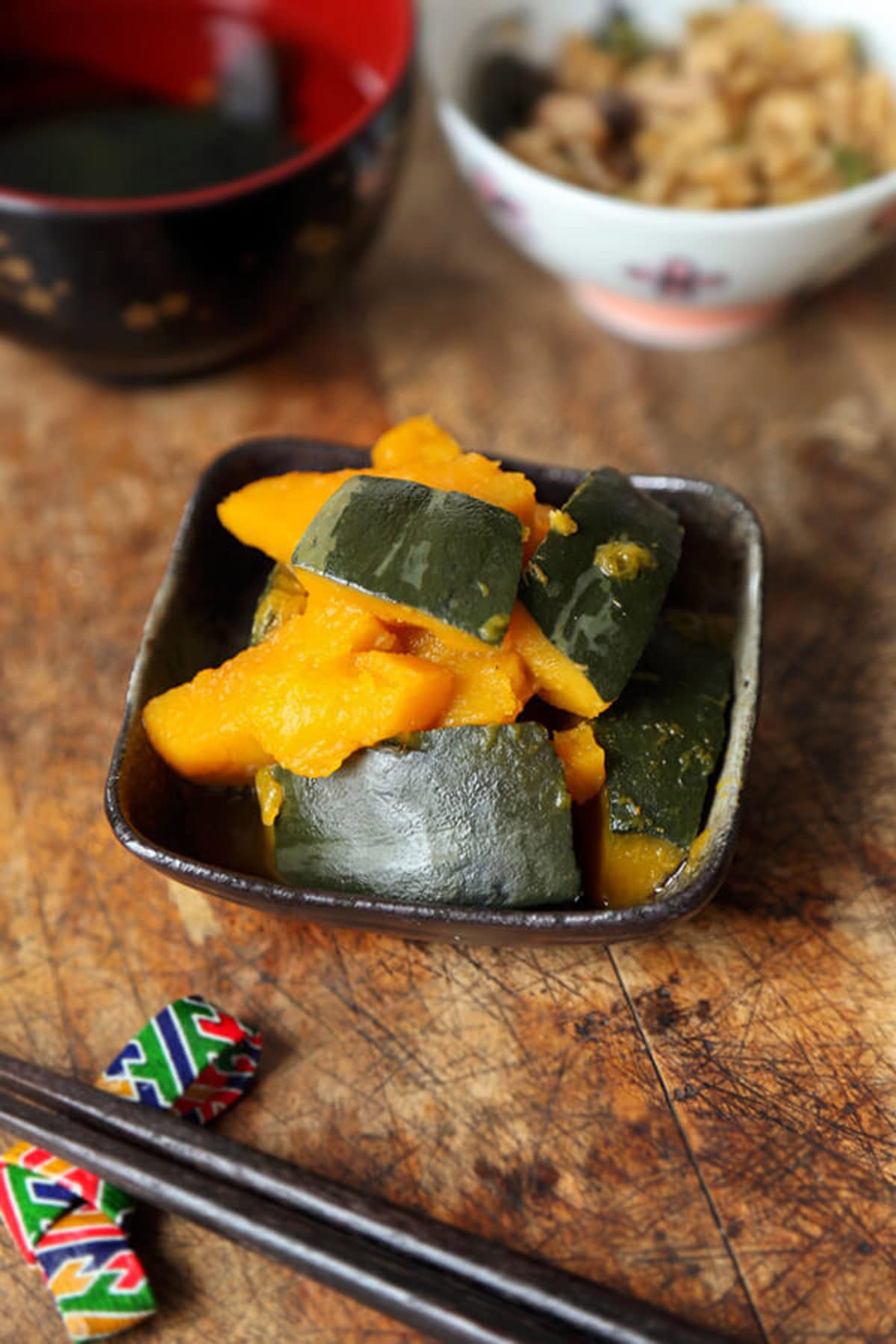
Sliced kabocha squash simmered in dashi is a side dish as common in Japan as mashed potatoes are in America.
My favorite version of kabocha squash is the traditional nimono, which means simmered in Japanese. The dish is very simple – pieces of kabocha squash that are left to simmer in a savory, umami rich, and sweet broth, until the flesh and skin are tender. Some simmered kabocha can be overly sweet for my taste, so I like to make my own at home, which is more savory and dashi concentrated.
What is Kabocha Squash?
Kabocha squash, also sometimes called Japanese pumpkin, is a type of winter squash that originated from Japan. The outer skin is dark green and tough, but softens once it’s cooked. It’s one of the very few squashes that has an edible skin. Kabocha squash has a bright orange flesh and has is slightly sweet in flavor, making it a popular ingredient in many Japanese dishes.
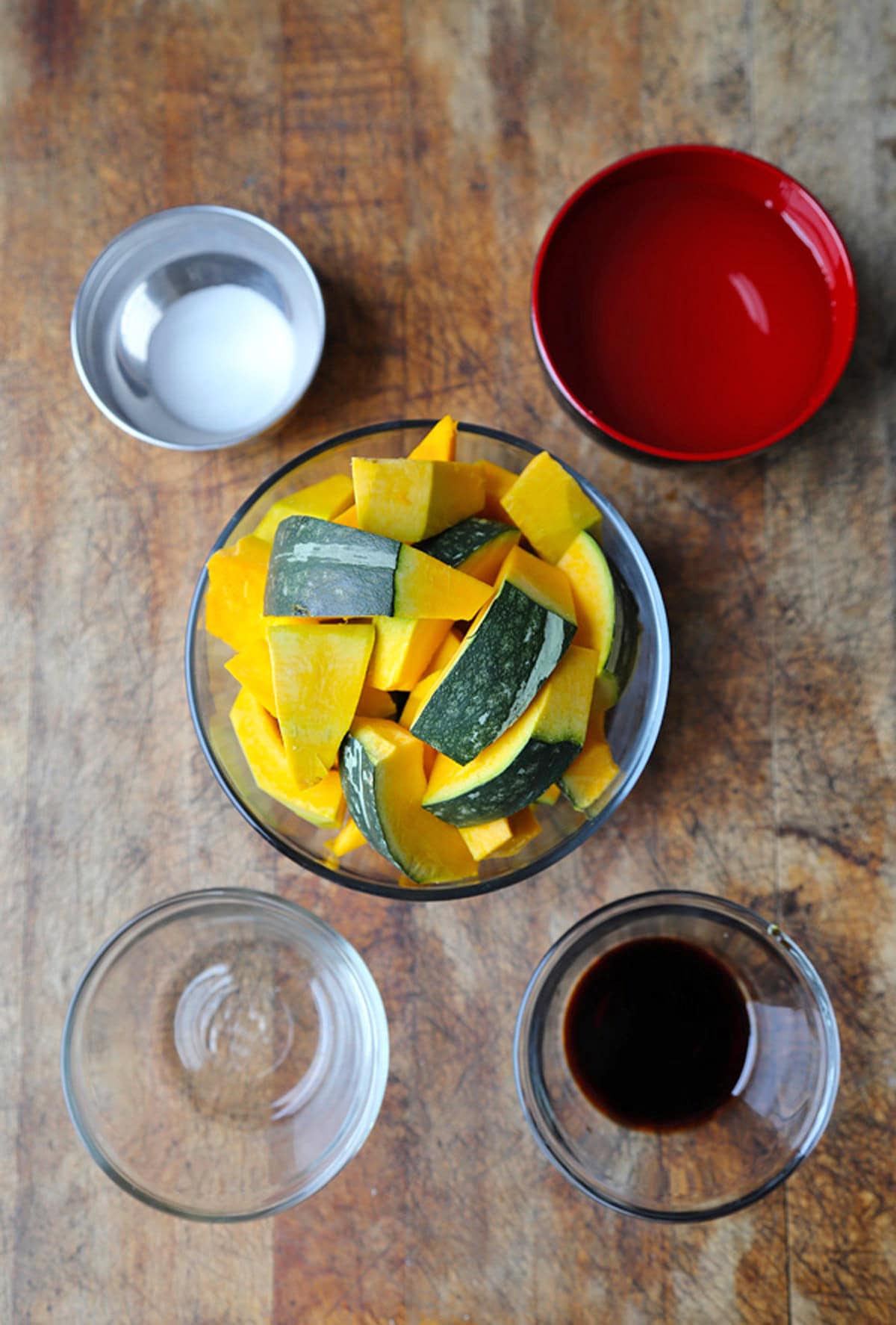
How to Cook Kabocha Squash
Kabocha squash is a delicious and versatile ingredient that can be used in a variety of dishes. While it may seem daunting to cook with at first, kabocha squash is actually quite easy to prepare. Here are a few tips to help you get started:
- When choosing a kabocha squash, look for one that feels heavy with a deep green color.
- Kabocha squash can be cooked in a variety of ways, including steaming, boiling, grilling, deep frying, and roasting. It’s often used in soups and stews, as well as stir-fries and curries. It can also be roasted and pureed to make a delicious kabocha squash puree or potage.
- Kabocha squash is a great addition to both sweet and savory dishes. Try pairing it with ginger and honey for a sweet treat, or using it in place of pumpkin in your favorite soup or chili recipe.
- Cooking time varies depending on the size and cooking method but it takes about the same amount of time as it would for butternut squash, delicata squash, or acorn squash.
With these tips in mind, you’re sure to create a delicious kabocha squash dish that your whole family will love!
Can the Skin of Kabocha Squash be Eaten?
Yes it can and it’s very delicious! Just make sure you cook it through otherwise it can be quite crunchy (not pleasant!). I personally like to keep the skin on when I boil or deep fry kabocha.
I peel it when I steam, grill, or roast it in the oven. I also recommend taking the skin off if you are making a soup or a puree so you get a beautiful orange color, instead of a muddled brown.
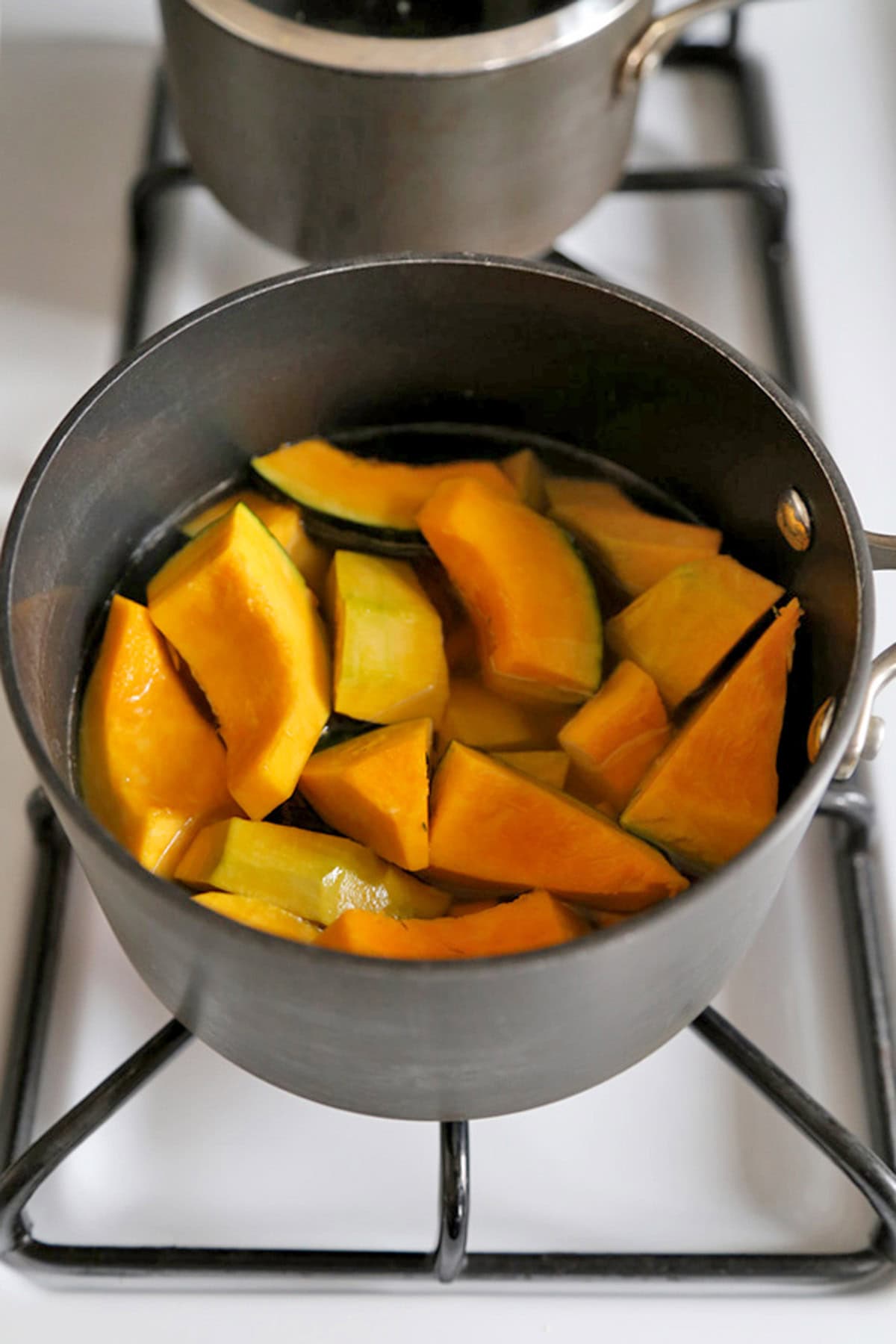
Japanese Style Kabocha Squash Ingredient
- Kabocha squash: You can tell if a kabocha squash is ripe if the skin is dull and firm. The stem should also be dry and cracked. Also look for a light yellow patch on the skin, which means it had time to ripen before being scooped up from the earth.
- Dashi broth: I use Kayanoya dashi powder to make my broth because it has a smokiness other dashi powders don’t have. It’s also one of Japan’s most famous and loved dashi company. You can find Kayanoya stores across Tokyo with tons of different dashi flavors – it’s heaven for home chefs like me!
- Sugar: A little sugar to bring out the natural sweetness of the kabocha squash.
- Mirin: Mirin also adds sweetness and a little something extra, similar to sake.
- Soy sauce: Make sure to use Japanese soy sauce such as Kikkoman or Yamasa as they have more depth of flavor and are more balanced in general.
Where Can I Buy Kabocha Squash?
Kabocha squash is available at most grocery stores, usually in late summer, early fall, and winter months. You can also find kabocha squash at farmers markets and Asian grocery stores, which should have them all year-round.
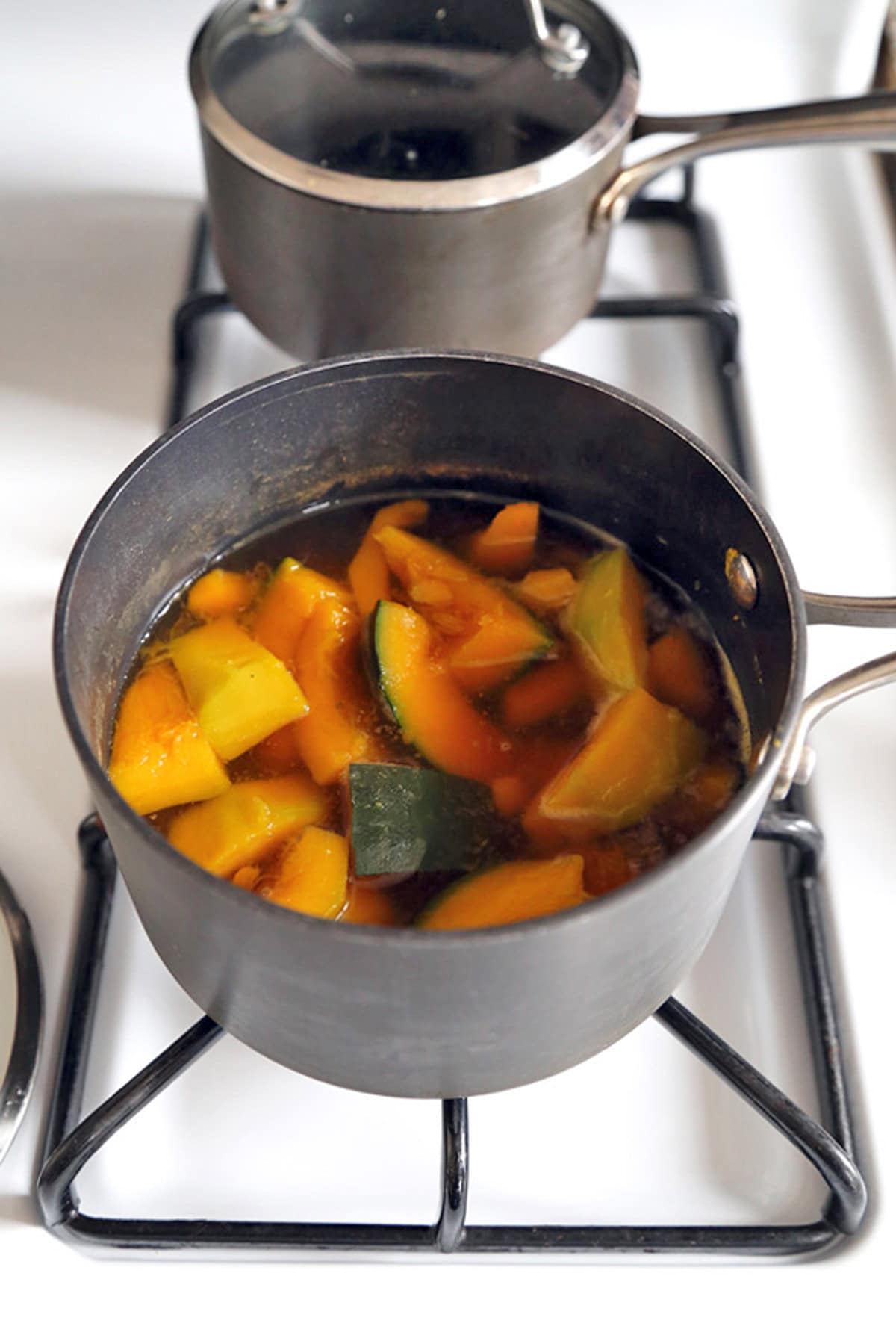
How to Make Kabocha Squash (Instruction)
Scroll all the way down to the recipe card for the full recipe.
- Cut the kabocha squash and remove the seeds.
- Cook the kabocha squash with the dashi first and simmer for 10 minutes.
- Add the remaining ingredients and cook until the kabocha is tender.
- Enjoy!
How to Store Kabocha Squash
Kabocha squash can be stored in a cool, dark place for up to two weeks.
If you plan on storing it longer, you can wrap it in plastic and keep it in the fridge for up to four weeks. When kabocha squash is cooked, it will keep in the fridge for three to four days.
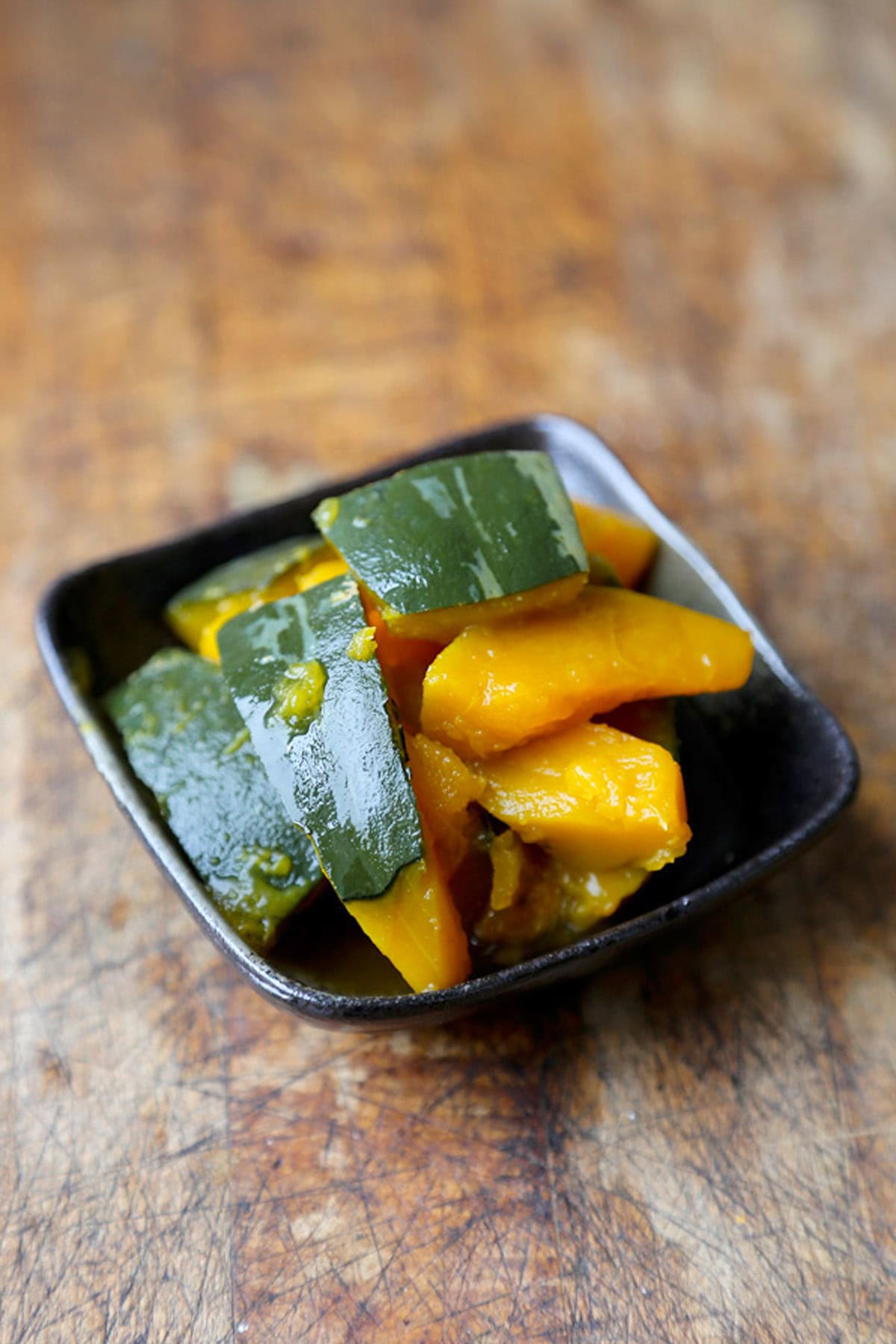
Is Kabocha Squash High in Nutrients?
Yes, kabocha squash is a good source of vitamin C and A, as well as potassium. It also contains fiber and beta-carotene. Kabocha squash may also help to improve digestion and promote a healthy immune system.
What Can I Do With Kabocha Squash Seeds?
You can roast kabocha squash seeds the same way you would with pumpkin seeds, and eat them as a snack. You can also add the roasted seeds to soups or stews as a topping for extra flavor.
More Winter Squash Recipes
From sweet, savory, cheesy, and hearty, here are some of my favorite winter squash recipes that you and your entire family will love:
Delicious Winter Squash Recipes You Might Like
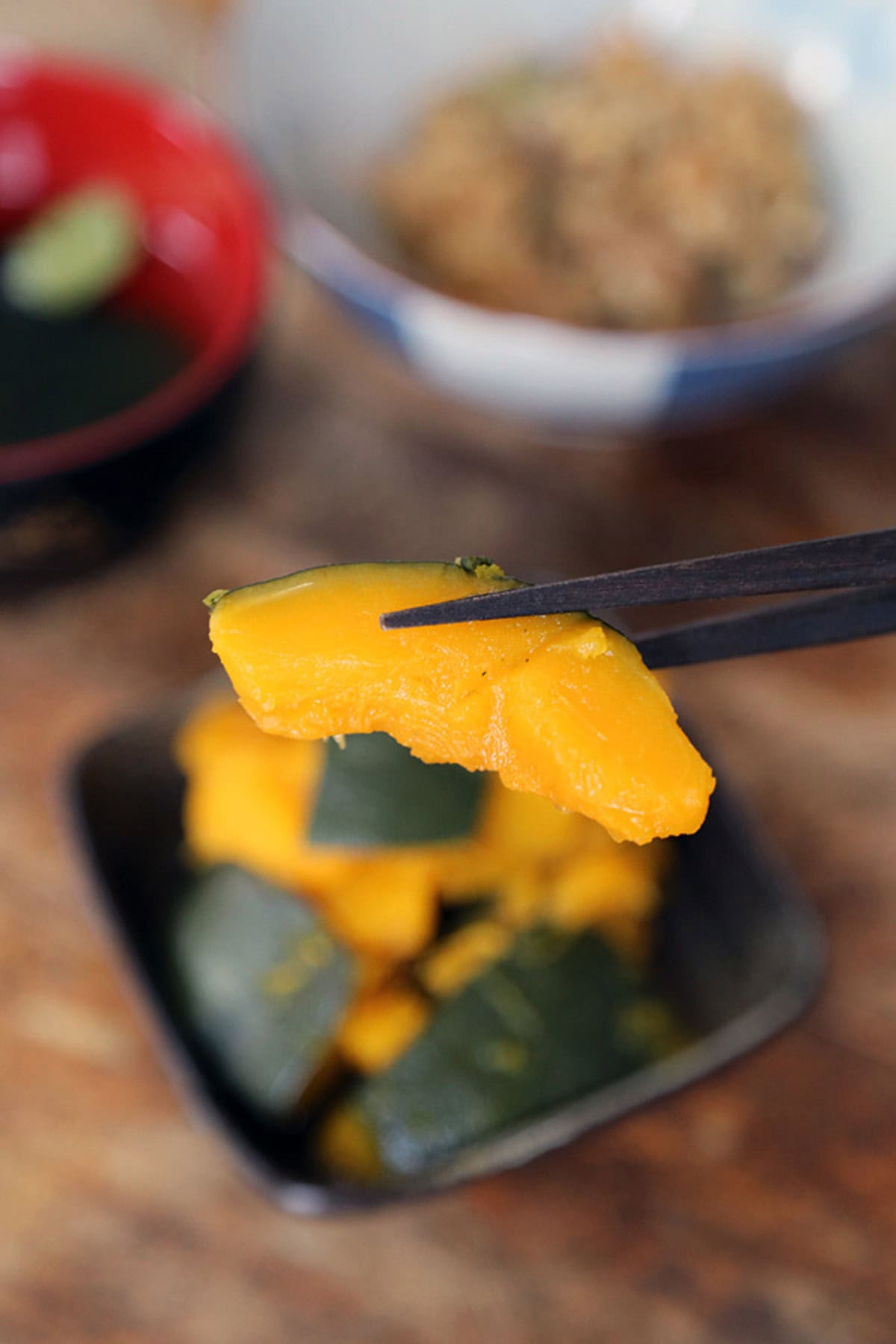
Did you like this kabocha squash recipe? Are there changes you made that you would like to share? Share your tips and recommendations in the comments section below!
Print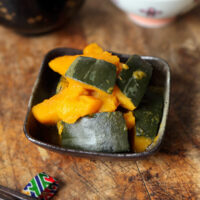
Japanese Style Kabocha Squash (Kabocha No Nimono)
- Prep Time: 10 minutes
- Cook Time: 20 minutes
- Total Time: 30 minutes
- Yield: 2 sides
- Category: Side
- Method: Boiling
- Cuisine: Japanese
Description
Tender pieces of kabocha squash simmered in a savory, briny, and mildly sweet dashi broth.
Ingredients
- 1 pound kabocha squash
- 1 1/2 cup dashi broth (or 1 teaspoon dashi powder dissolve in 2 cups water)
- 1 tablespoon sugar
- 1 tablespoon mirin
- 2 tablespoons soy sauce
Instructions
- Start by scrubbing the kabocha with a little soap and water. Rinse well and pat it dry.
- Using a sharp knife, cut the squash in half and scoop out the seeds.
- Slice each half into bite size wedges.
- In a medium size pot over high heat, add the dashi and chopped squash.
- When it’s boiling, turn the heat to low and simmer for 10 minutes.
- Add sugar, mirin, and soy sauce. Stir and cook for another 10 minutes, or until the texture of the squash is tender.
- Sprinkle a little salt and pepper if needed. Serve warm.
Notes
This kabocha squash recipe will keep refrigerated in an airtight container for up to 3 days.
Nutrition
- Serving Size: 1 serving
- Calories: 155
- Sugar: 13.6g
- Sodium: 884.1mg
- Fat: 0.7g
- Saturated Fat: 0.2g
- Unsaturated Fat: 0.2g
- Trans Fat: 0g
- Carbohydrates: 35.8g
- Fiber: 4.6g
- Protein: 5g
- Cholesterol: 0.6mg
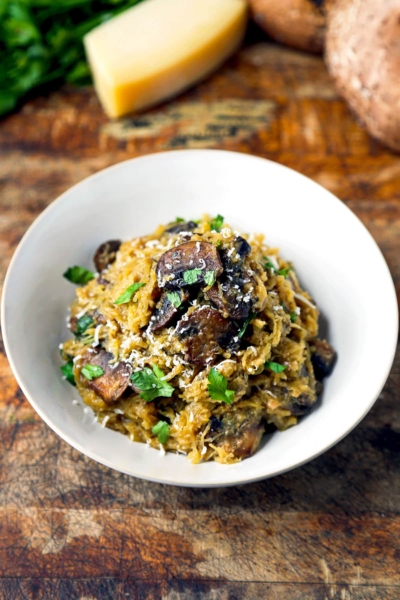
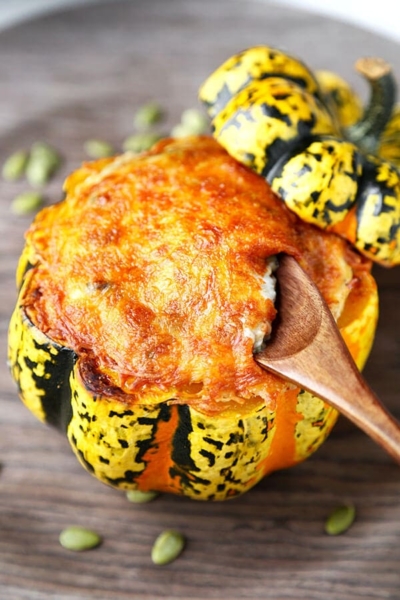
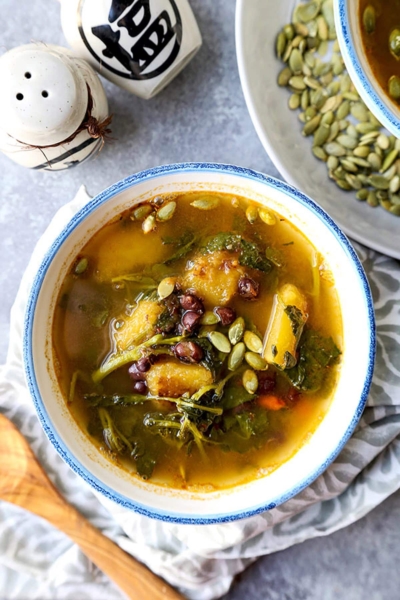
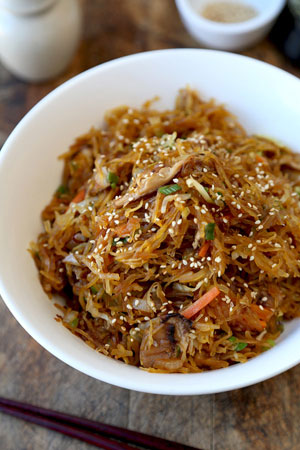
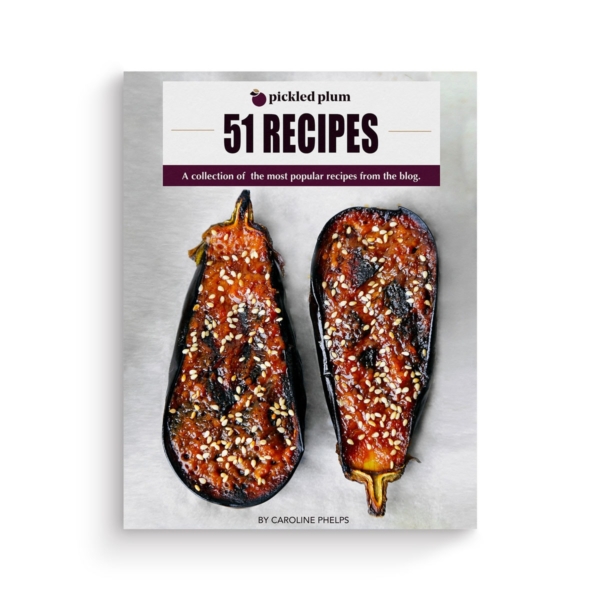
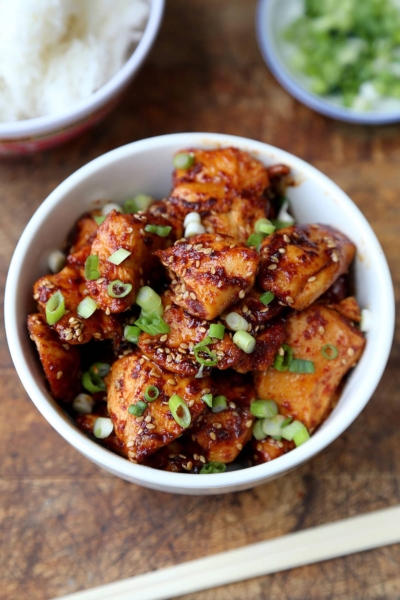
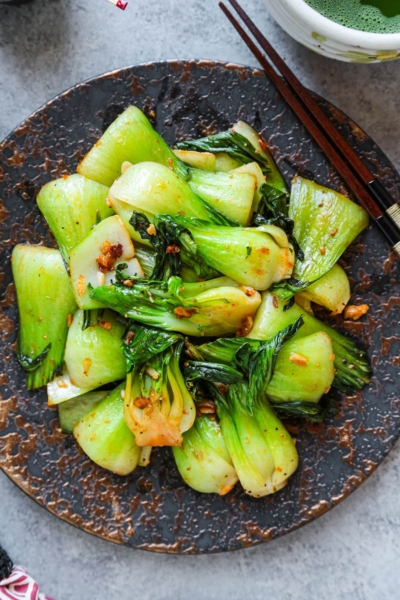
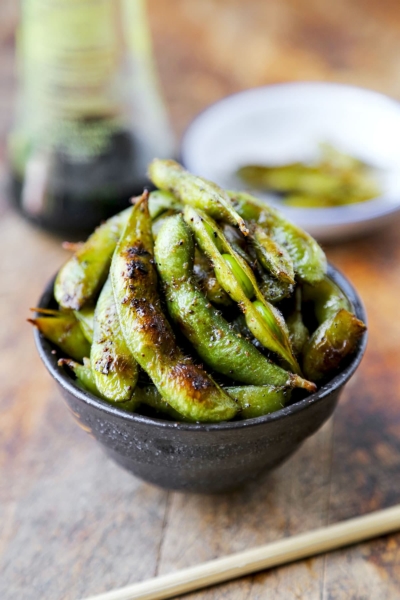
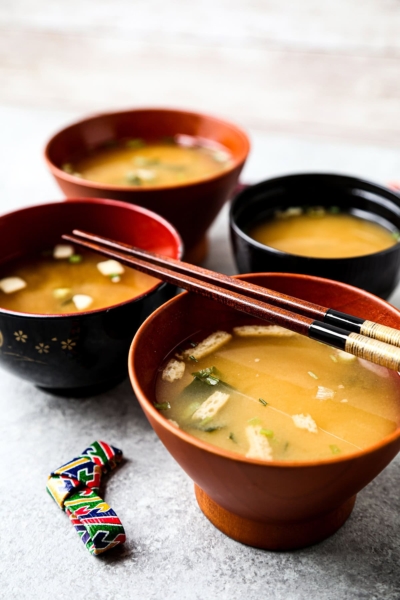
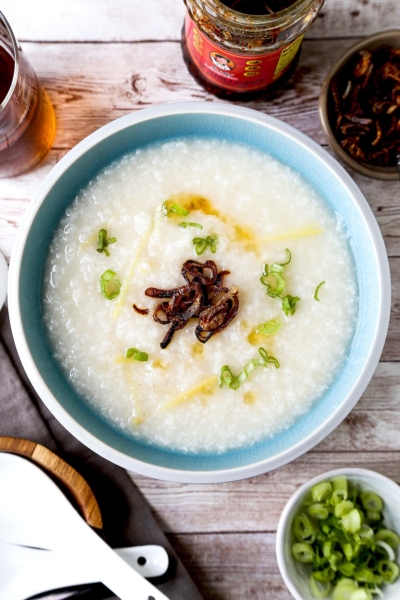









Questions and Reviews
I love kabocha anytime of year but especially in the fall. Comfort food. And the house smells so good while simmering. I just have one question, does it matter whether the pieces are cooked first in the dashi, then add in the soy sauce, mirin, sugar. I think one part of your recipe calls for that and the other part says to mix all of it together first. In any case, this is a great recipe and so easy! Thanks!
Hi Julie! Thank you for spotting the error! The correct recipe is the one in the recipe card (cook first in dashi). I have made the changes in the post 🙂